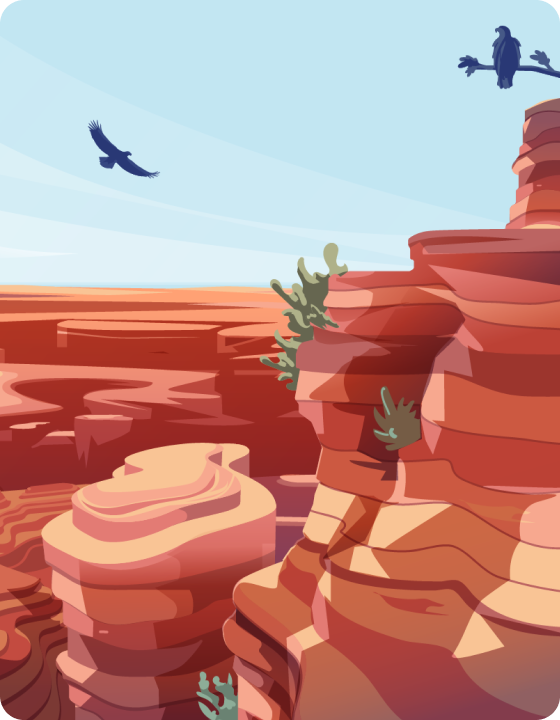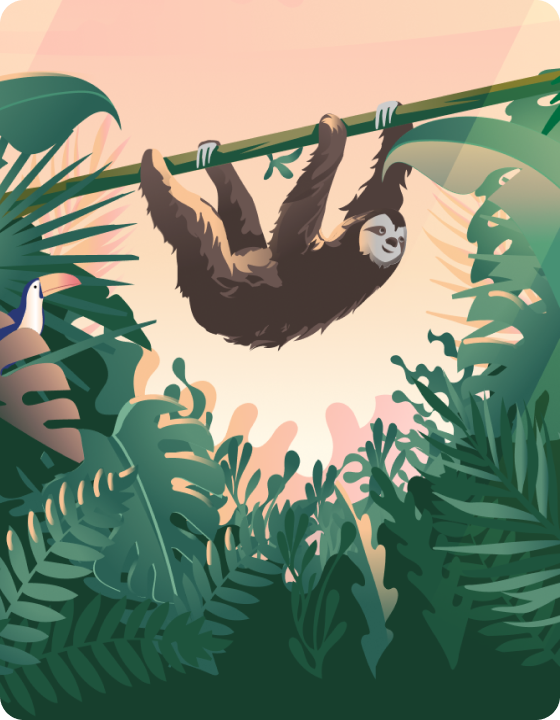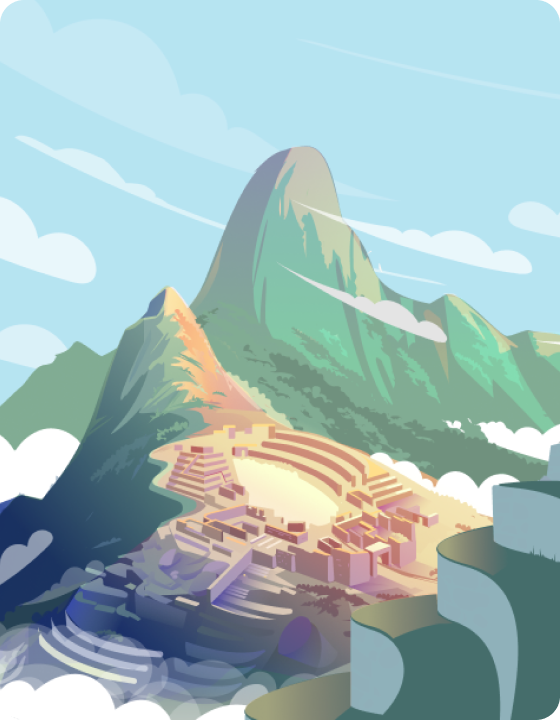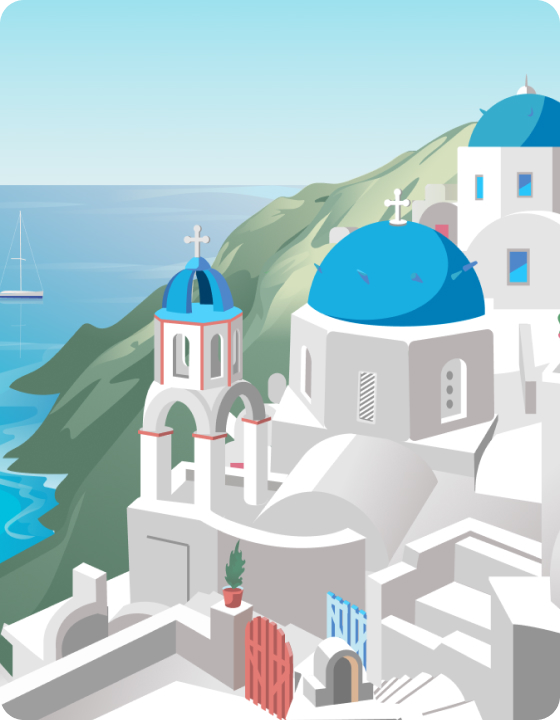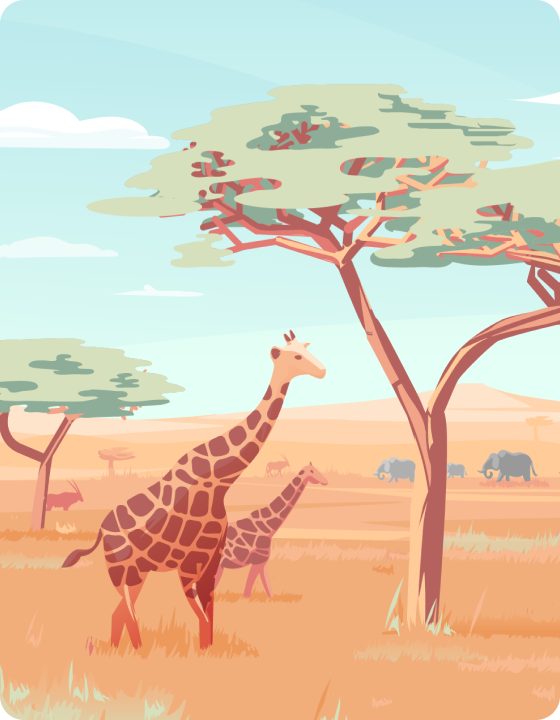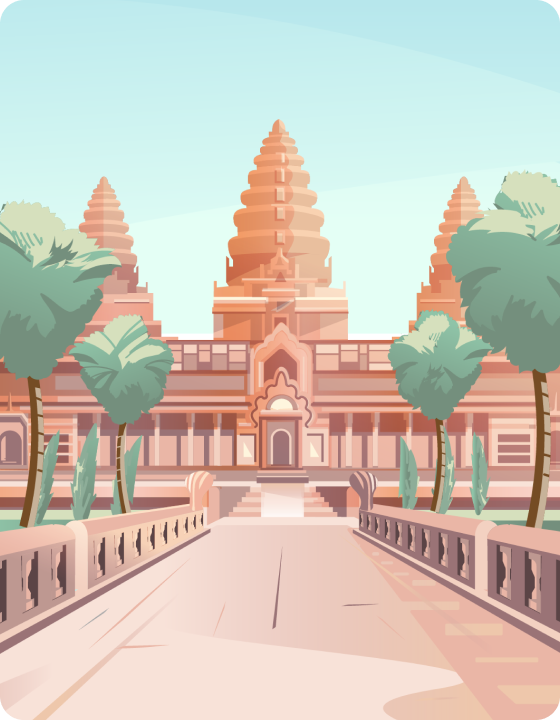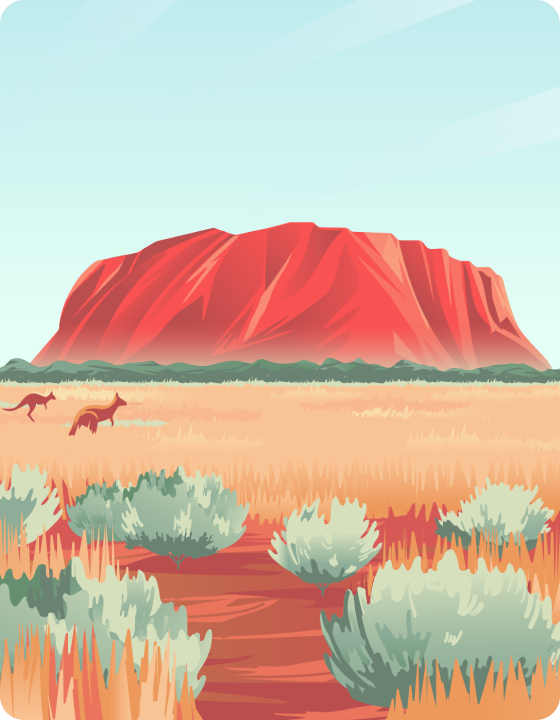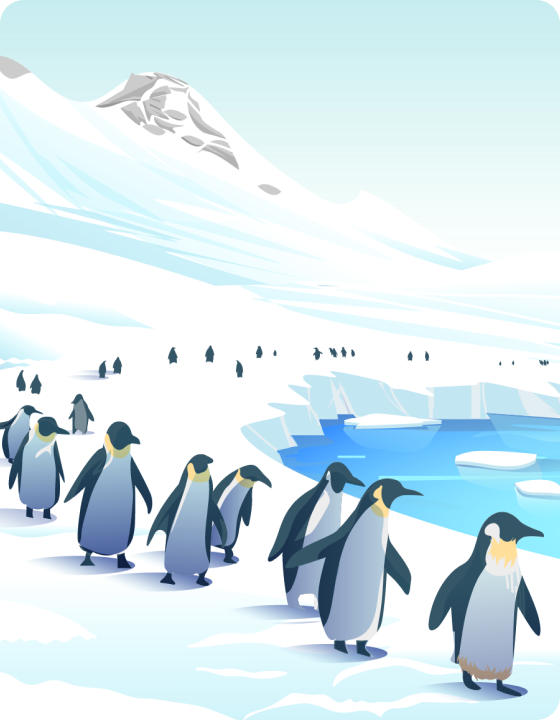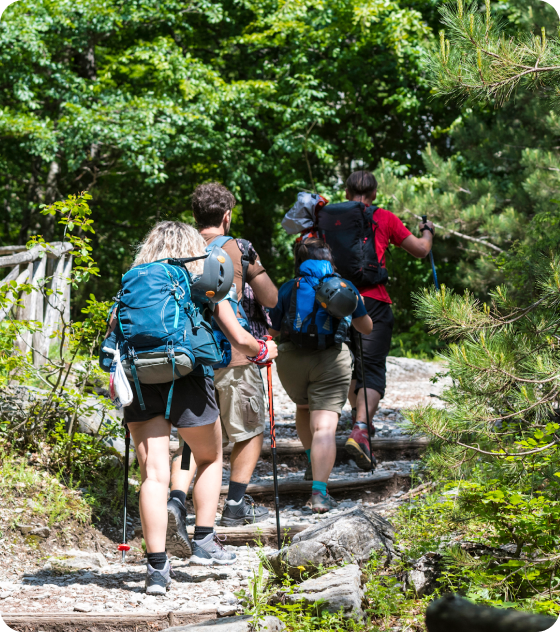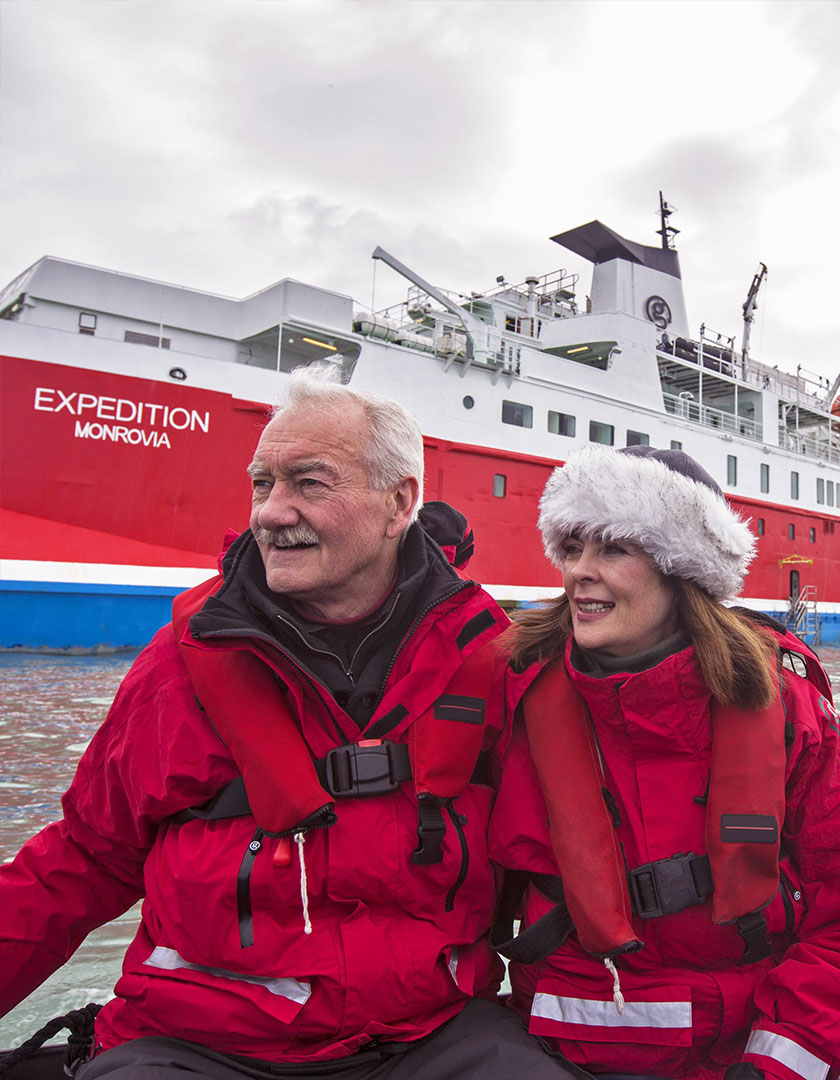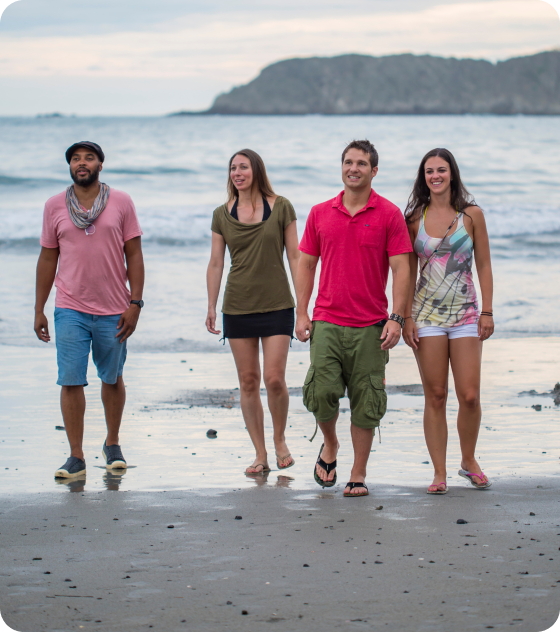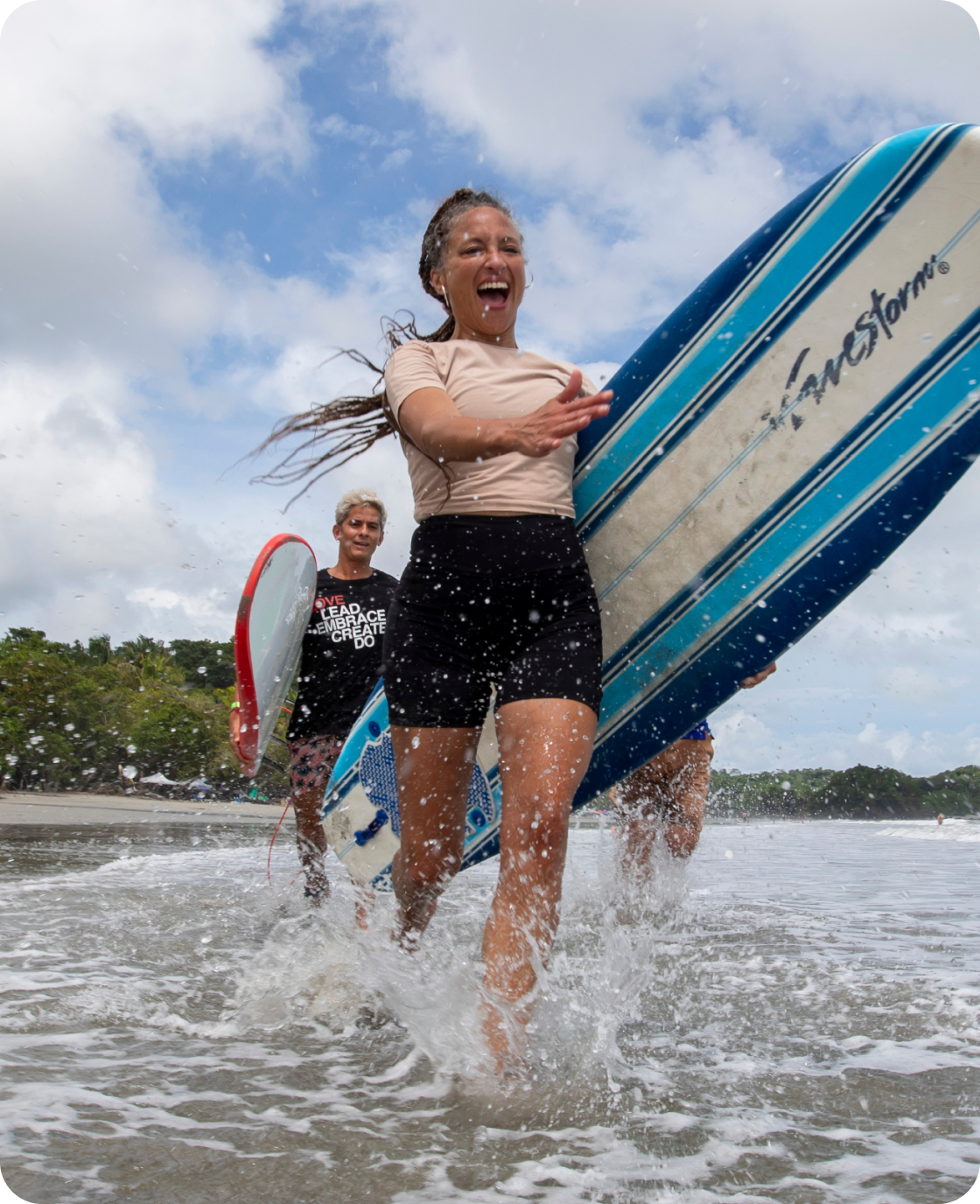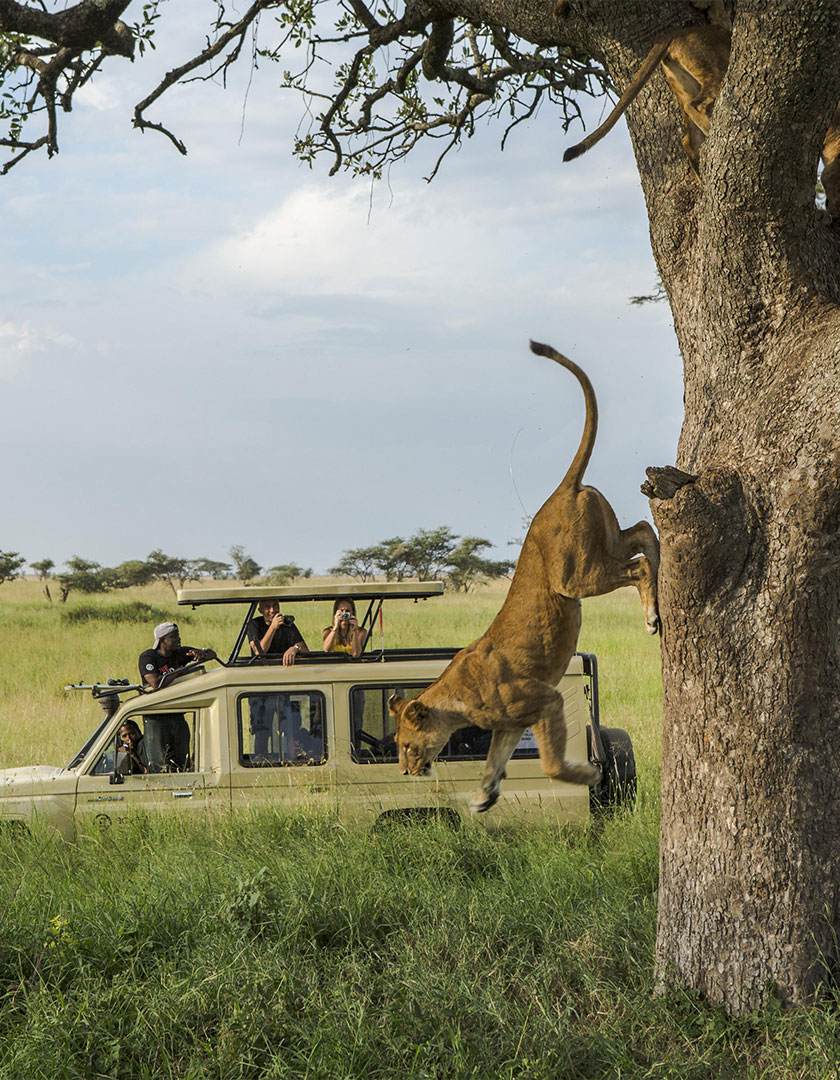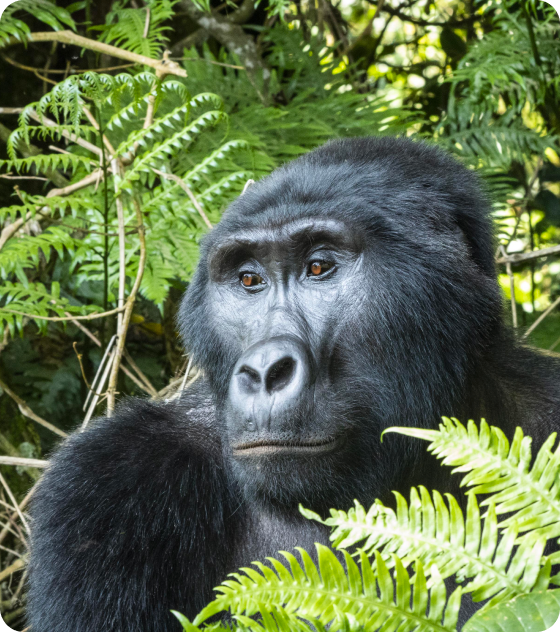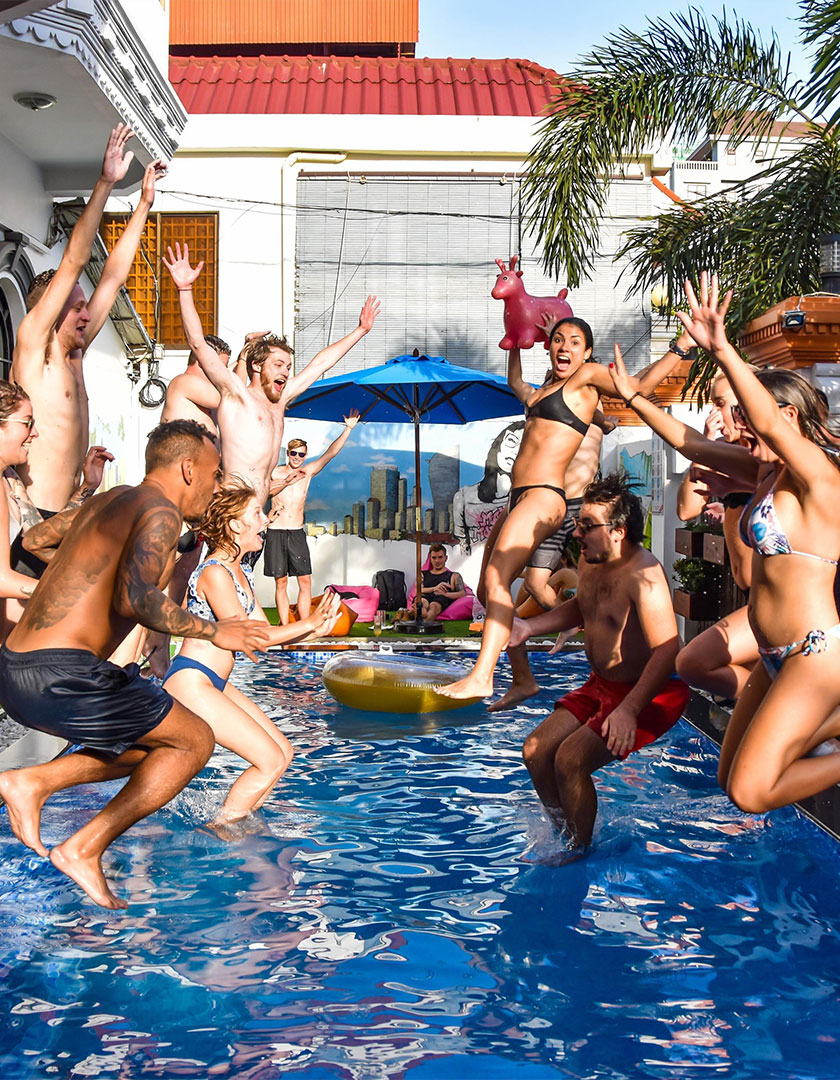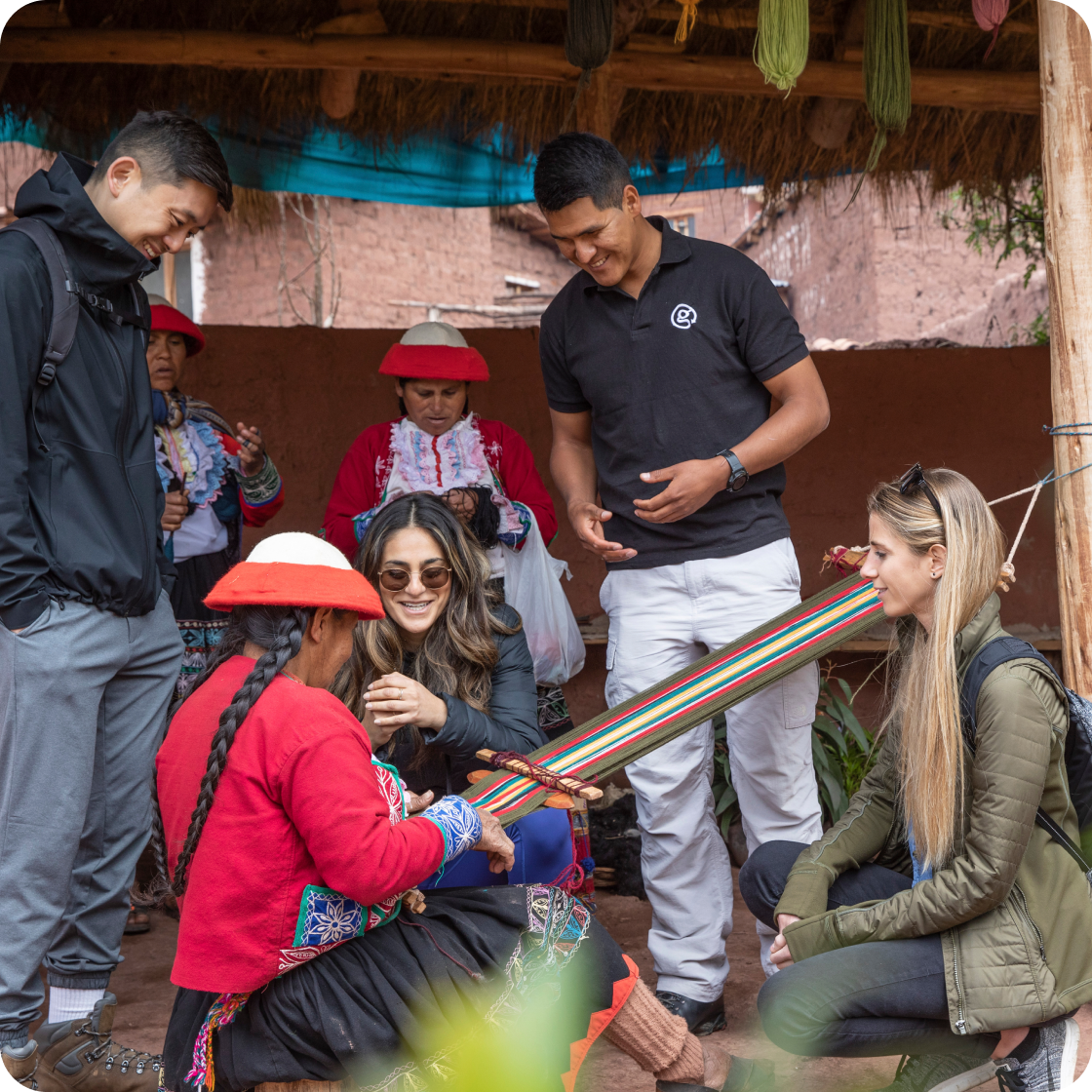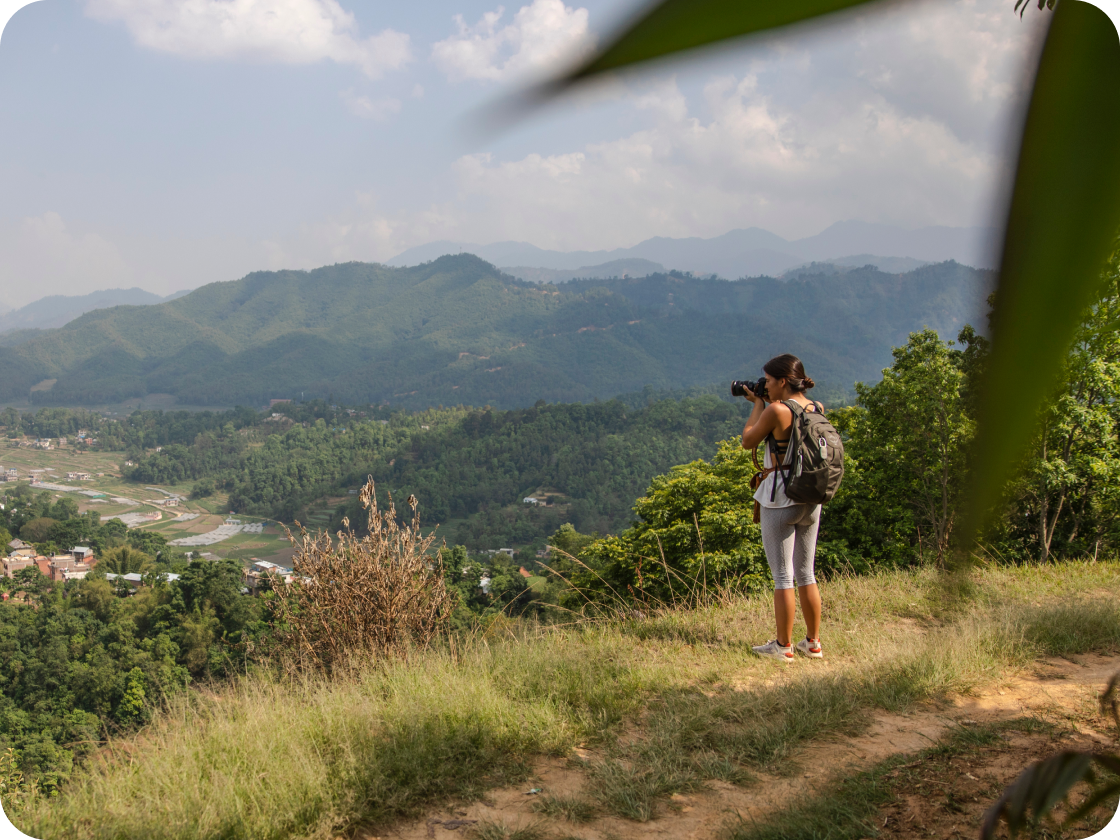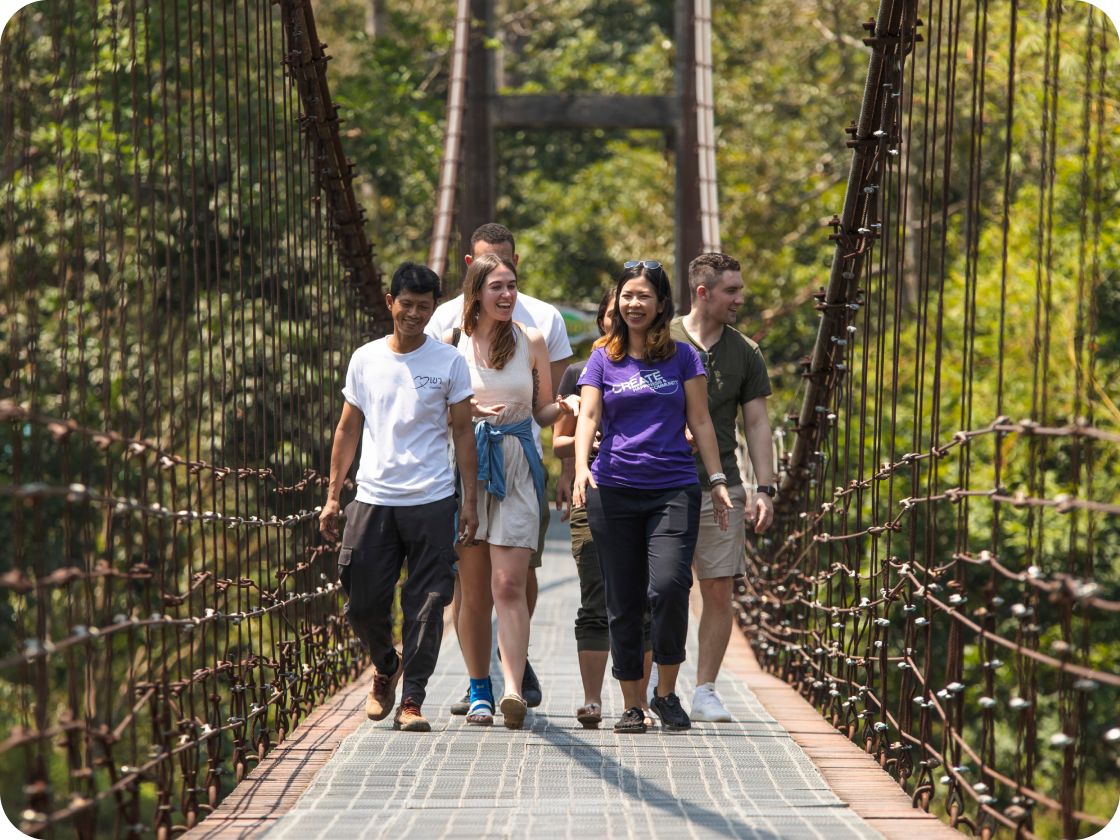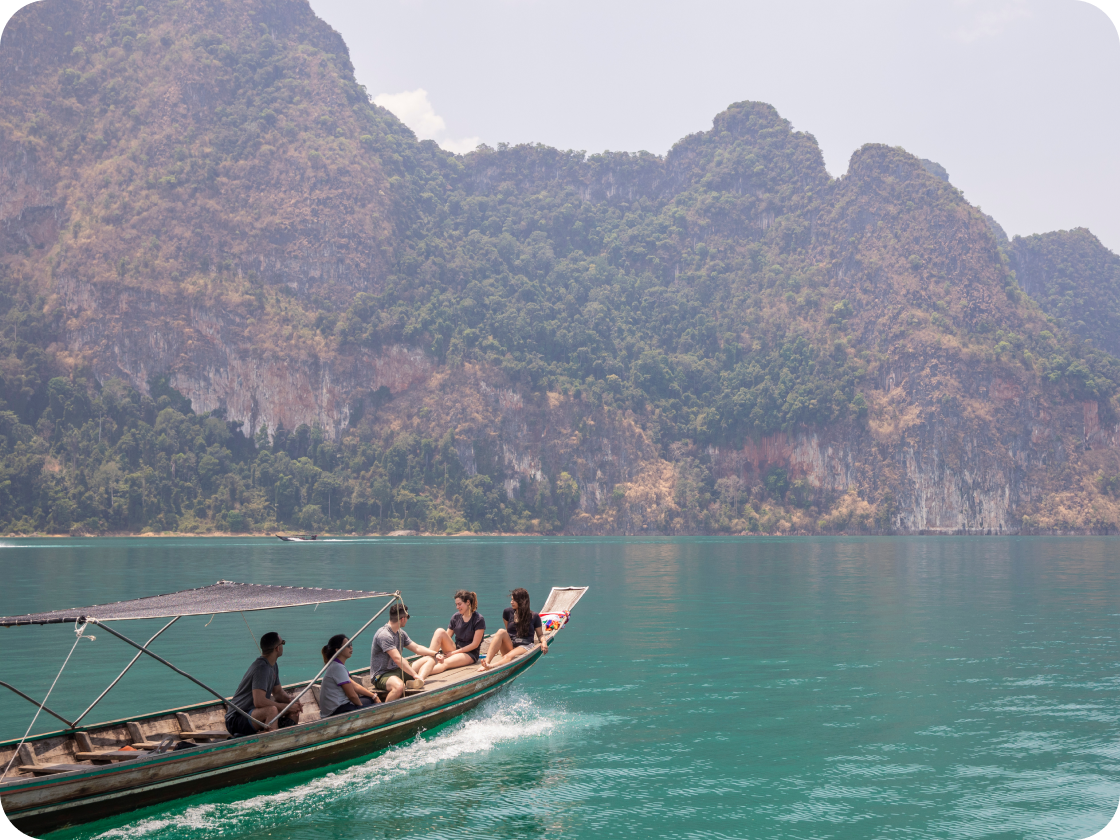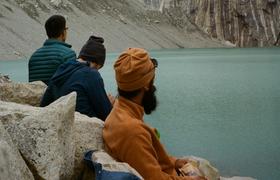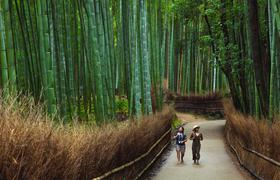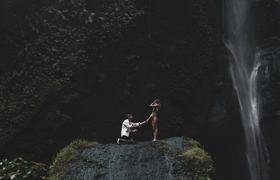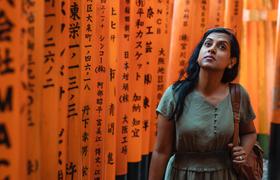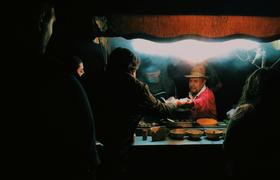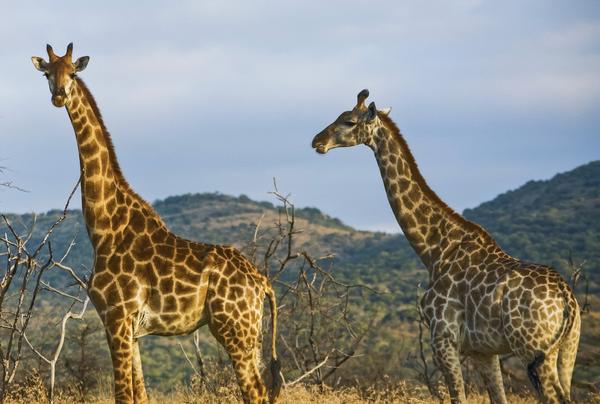
Choose an ethical safari, have the best two days of your animal-loving life
A first-hand account of responsible wildlife tourism on the Masai Mara
The first wave of euphoria hit when the herd of wildebeest scattered to make way for the tiny, 12-seater airplane on the Mara North Airstrip. I was here, at the Maasai Mara in Kenya, ready to see animals: real, wild animals. All the animals, really, but more than anything, I wanted to see a leopard. I wanted to see a leopard lounging in a tree, like my nine-year-old self used to draw in my sketchbook. They were my favourite animal, I’d tell anyone patient enough to feign interest. “This,” I earnestly wrote in my dumb little travel journal just prior to landing, as our pilot pointed out lions and buffalo on the plains below, “is going to be magnificent.”
Or so I hoped. Going on safari felt complicated to my adult self, and I had misgivings about planning the trip. I worried that safaris were inherently exploitative; not just of the animals and the environment, but of locals, an ugly by-product of colonial capitalism. I spent hours scouring the internet, using keywords like “ethical safari responsible Kenya,” for a way to visit in a way that felt constructive — or at the very least, not destructive.
Have you been to a zoo lately? They aren’t the exciting place you might remember from your childhood. They’re depressing. Zoos are the worst. I wanted to see animals in their natural habitat.
My research paid off when I found the Olare Motorogi Conservancy. Where national parks and wildlife reserves once evicted locals in order to establish tourism, conservancies have now provided a more ethical way forward that allows locals to keep their land and make collective decisions with other local landowners about how the new, bigger area will be managed. At the Olare Motorogi Conservancy (a part of the Maasai Mara Wildlife Conservancies Association), the local Maasai people have agreed to lease their land in exchange for visitor fees and sustainable income, working as hosts, cooks, drivers and guides. It costs more, but travelling to Africa is expensive, and this, of all travel aspects, isn’t the place to cut costs.
And so, as I disembarked from our tiny airplane, my Maasai guides Julius and John greeted me, pointing out zebras, baboons, impala, warthogs, elephants, giraffes, and hippos from the 4x4 as we bounced along a dirt road toward Porini Lion Camp, where I was staying. They were nice and patient with me, slowing down to let me enthusiastically take photographs even though they knew we were hardly seeing anything yet. I asked Julius, chattier than friendly-but-stoic John, who else was staying at the camp that night (there were ten tents in total). “You’re the only person,” he said. “This is it.”
When we arrived at the camp, I ate breakfast and chatted with the camp’s host, Daniel, then set off in the late afternoon for our “sundowner,” a drive through the Mara during sunset, when the plains cooled and the animals were more active. Julius and John were impressively keen-eyed, spotting lions lounging amidst the brush, then driving within mere metres of them to see the animals up close. There was little danger — the lions see the 4x4 as a single benevolent beast rather than a carrier of multiple dinners, though I was urged at one point not to lean out of the vehicle. (When the lion makes direct eye contact with you, it’s time to sit down; you’ll see why in the photo below.)
We’d already seen zebras, hyenas, mongooses, and lions, but the ever-conscientious and kind Julius asked if there was anything left that I wanted to see, and when I mentioned my precious leopard, he and John diligently set about finding it. It was very sweet, and impressive; they knew the leopard’s haunts well, and spent an hour driving to each of them, pulling tighter and tighter U-turns and motoring more and more urgently as it started getting dark. Then, just as it seemed like we might be out of luck, Julius pointed down into a ravine, through thick bramble, at the leopard.
My very crappy photo above was never going to convey how excited I was to see her lounging happily beside the water, but it ended up being just one of many highlights at the Mara.
The next morning, after waking at 5:45 a.m. and packing my belongings for my flight back to Nairobi, we went on a final dawn excursion during which, just ten minutes in, we encountered a pride of lions devouring a wildebeest they’d killed just an hour prior. They were tense, on alert to keep at bay a pack of hungry hyenas circling them, waiting for an opening to steal the kill. Just a few hours after that, we’d watch three lions strategically, though unsuccessfully, hunt a zebra. I’ve never seen anything so thrilling.
We also saw no fewer than five cheetahs snuggling together in the shade, a pod of hippos bathing in the river and, in a moment that made even Mara-experienced Julius pull out his camera to eagerly take snaps, a serval cat on the hunt (they are, he said, exceedingly rare to spot, though John’s urgent driving and his own breathless tone in the moment told me so already). We ate breakfast shortly thereafter, then headed back to the airstrip. I was exhausted but elated. The last 48 hours had been some of the best of my life.
It’s been more than a year now since my trip, but I still scroll through my Mara photos with embarrassing, dad-like frequency. Seeing animals in the wild was something I’d always wanted to do, but to do it in a way that supported locals and empowered the future of conservancies made the experience even better.
And while I can’t necessarily promise that you’ll see your leopard, both your adult self and, I hope, your own inner nine year-old, will find plenty else to marvel over in this incredible setting. The Mara — all of its animal tension and peace and drama and quiet and beauty — does not disappoint.
